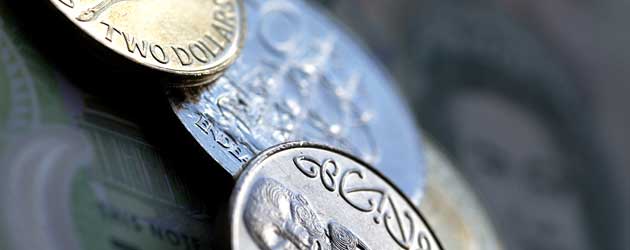
The Pound to New Zealand Dollar exchange rate (GBP/NZD) declined by around a third of a cent last night in reaction to some stronger-than-anticipated New Zealand Trade Balance figures.
It was reported that the NZ trade deficit shrunk by NZ$48 million last month to –NZ$168 million, which is the smallest deficit amount for an October since the mid-1990s. Additionally, it was announced that the year-to-date deficit shrunk from –NZ$1,550 million to –NZ$1,005 million as export growth outpaced import orders.
NZ exports surged by 23% last month thanks largely to strong demand for dairy products, which, at 26% of total exports, are New Zealand’s biggest export earner. Imports, on the other hand, improved much slower at just 5.7%.
Speculative traders now expect the Reserve Bank of New Zealand to raise interest rates by around 100 basis points next year. When the RBNZ begins its hiking cycle it is fairly likely that the ‘Kiwi’ Dollar will strengthen appreciably against Sterling. But until that happens it seems that investors are willing to send GBP/NZD higher on the back of strong domestic data in Britain. Fears that the Federal Reserve is about to pull the plug on its expansive stimulus programme are also impacting demand for the high-risk New Zealand Dollar.
Sterling grew by just under two cents against the ‘Kiwi’ yesterday to 1.9810 as the CBI reported that UK Service Sector firms are currently hiring at the fastest rate for six years. Services account for around 75% of UK GDP and as such the positive announcement was seen to reflect optimistically on the British economy.
Later this morning the ONS will release its third quarter British GDP numbers; growth of 0.8% is expected to be confirmed. The Pound is unlikely to find any support from the report unless Q3 GDP is upgraded, in which case it is possible that GBP/NZD could rally towards a fresh 3-year high in the region of 2.0080.
GBP/USD above 1.6200
The Pound to US Dollar exchange rate (GBP/USD) advanced by around half a cent yesterday to 1.6218 in response to an unexpected drop in US Consumer Confidence from 72.4 to 70.4. The weaker-than-anticipated reading led traders to question whether the Fed will taper its $85 billion a month QE3 programme during December and this softened demand for the ‘Greenback’.
Sterling’s gains against the US Dollar could widen this afternoon if traders react acerbically to an expected -1.9% fall in US Durable Goods Orders.
Because of the Thanksgiving Holiday at the end of the week Initial Jobless Claims, the Chicago PMI, the University of Michigan Confidence index and the Leading Indicators index will all be released earlier-than-usual this afternoon. No doubt the ecostats will be met with a chorus of oohs and ahhs as markets try to figure out what the Fed is going to do next month.

Comments are closed.